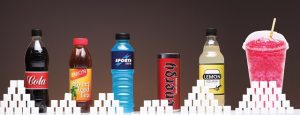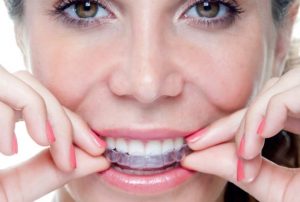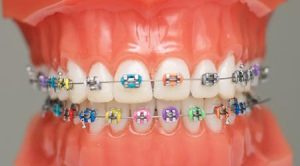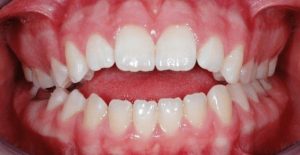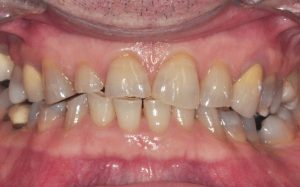- When acids come into contact with your teeth, the enamel and dentine can be softened and dissolved – this is called Dental Erosion
- This can speed up tooth loss due to wear.
- Many drinks are acidic and should be consumed in moderation.
- Early signs include a glazed appearance or a yellowing of the tooth surface.
- Do you show signs of erosion?
- If you regularly consume any of the acidic drinks below speak to your dentist!
In the following table, drinks with a pH from 1 to 5 can cause dental erosion
| pH | Example | Acid Content of popular drinks (Source: Choice, July 2010) |
| 1 | Stomach acid | |
| 2 | Lemon juice | 2.45 Pepsi
2.53 Coca-Cola 2.80 Cottee’s Lemon Crush Fruit Cordial 2.85 Cottee’s Diet Cordial No Added Sugar 2.85 Pepsi Max 2.9 Sunnyboy Glug Cola |
| 3 | Vinegar | 3.00 Glaceau Vitamin Water Triple-X
3.07 Staminade Lemon Lime Fusion 3.07 Coca-Cola Zero 3.09 Fanta Orange 3.14 Pop Tops Apple Blackcurrant Drink 3.36 Gatorade Fierce Grape 3.46 V Energy 3.50 V Energy Sugar free 3.50 Golden Circle Sunshine Punch Fruit Drink 3.51 Red Bull Energy Drink 3.61 Golden Circle Juice No Added Sugar |
| 4 | Tomato juice | 4.04 Berri Low Acid Orange Juice |
| 5 | Rainwater | DRINKS FROM pH 1 TO 5 CAN CAUSE DENTAL EROSION |
| 6 | Milk | 6.70 Sanitarium Up and Go Liquid Breakfast; Banana & Honey |
| 7 | Pure water |
*This article has been published by The Australian Dental Association, Victoria Branch, 2010.
